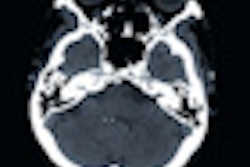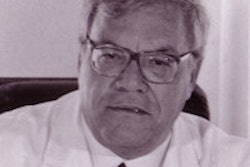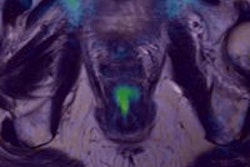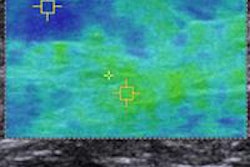CT brain scans should be given within one hour for children and adults who have suffered a head injury and also begin to show particular signs that the injury may be serious or potentially life-threatening, according to a proposed new guideline from the U.K. National Institute for Health and Care Excellence (NICE).
The recommendation is part of NICE's updated draft recommendations. The group said serious or potentially life-threatening symptoms include seizures, suspected skull fracture, repeated vomiting, or loss of consciousness. Children and adults who do not display such signs should be scanned within four to eight hours of their injury, depending on its severity.
NICE is inviting comments from applicable organizations and groups. The comment period ends on 4 October.
Other changes from its 2012 guidance include the following:
- Ambulance crews should take patients with a head injury straight to a hospital with resuscitation facilities where doctors and nurses can investigate and treat their injuries.
- A hospital doctor or specialist who is trained in dealing with sensitive cases (e.g., potential abuse) should be involved in checking any patient with a head injury presenting to the emergency department, especially if the injury could be nonaccidental or a vulnerable person has been injured.
- Doctors and nurses should give verbal and printed advice to patients with any type of head injury who are discharged from an emergency department or observation ward, as well as to their families and caregivers. Any advice should be accessible and appropriate to the patient's age.
The updated guideline on head injury is expected to be published in January 2014; when published, it will replace some but not all of the current head injury guideline. Until then, the National Health Service (NHS) should continue to follow the recommendations set out in the existing guideline, NICE said.



















